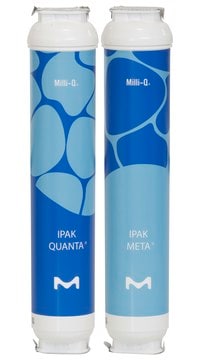Biopak® Cartridge is not classified in Europe as a hazardous substance in regard to the substance definition in Article 3 of the Regulation (EC) 1907/2006 of 18 December 2006 concerning the Registration, Evaluation, Authorization, and Restriction of Chemical (REACH) and in regards to the hazardous substance and mixtures classification criteria from the Annex I of the Regulation (EC) 1272/2008 of 16 December 2008 on classification, labeling and packaging of substance and mixtures.
Biopak® Cartridge does not require in Europe any Safety Data Sheet (SDS) to be in accordance with the Regulation (EC) 1907/2006 and the Regulation (EC) 1272/2008.
Biopak® Cartridge does not require a Safety Data Sheet (SDS) under the Occupational Health and Safety Administration Standard entitled “Hazard Communication” 29 CFR 1910.1200 for the United States of America.
Biopak® Cartridge does not meet the criteria of a W.H.M.I.S. classification of a controlled product. As a result, a W.H.M.I.S. Material Safety Data Sheet is not required in Canada for this product.
Disposable of wastes should be in accordance with applicable regional, national, and local laws and regulations. Do not discharge into drains or the environment, dispose to an authorized waste collection point.
















